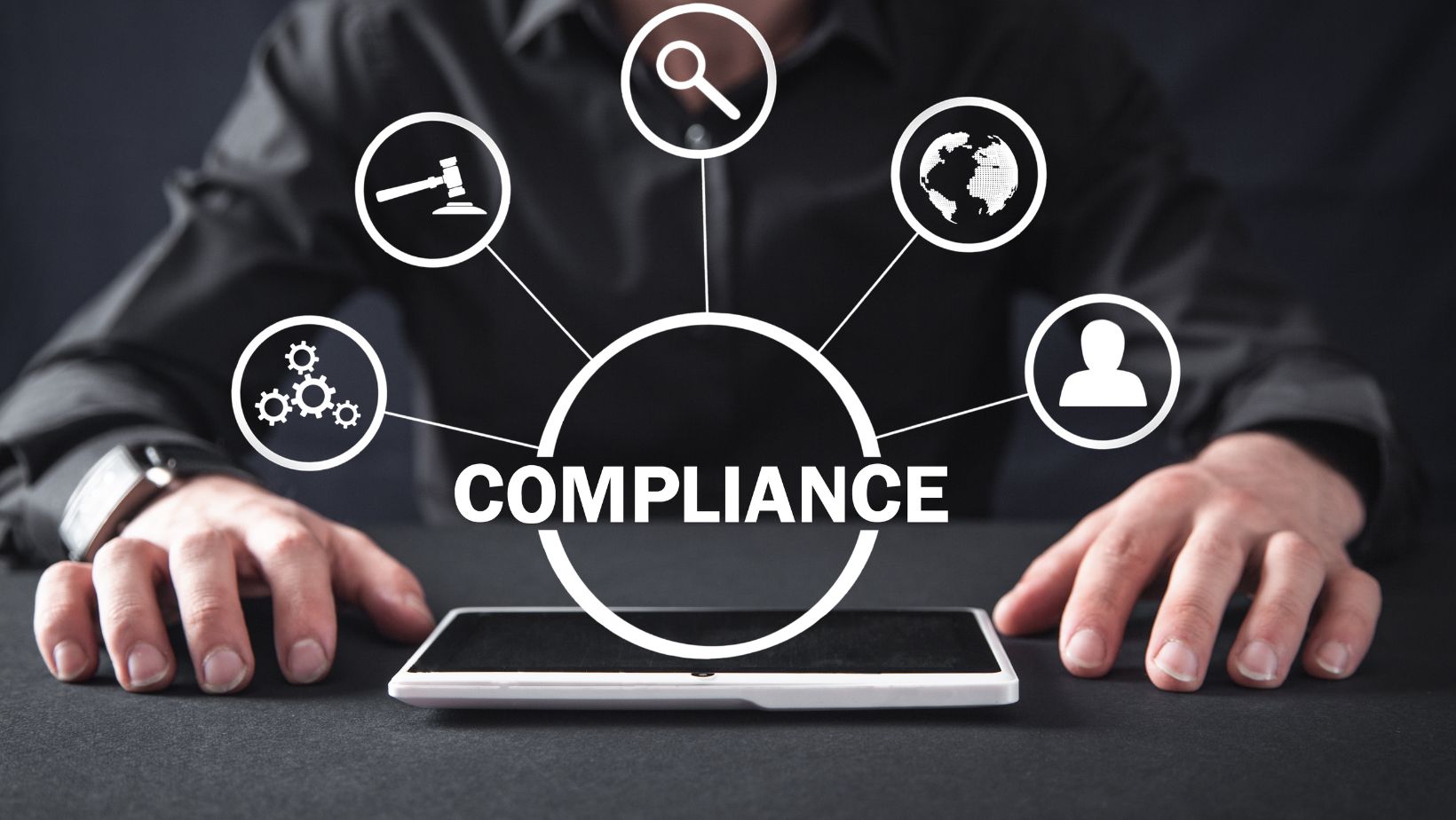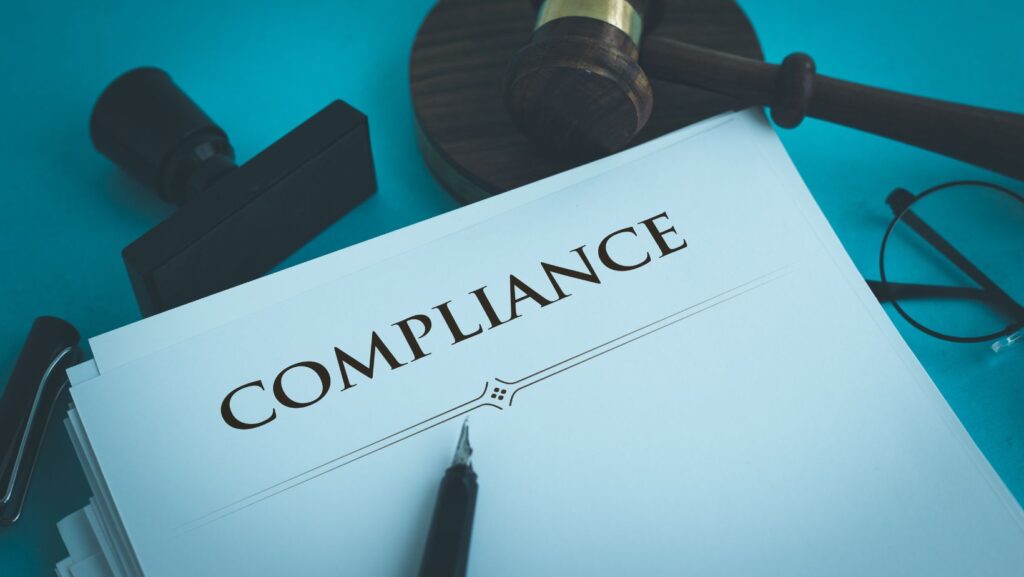
Within the RIA space, a proactive approach to changing regulatory focus priorities and expanded enforcement expectations will help firms maintain a competitive edge, while continuing to develop and maintain effective compliance programs will be more important than ever.
This guide provides essential advisor compliance guidance to help firms navigate current expectations, implement effective controls, and mitigate risks while fostering a culture of compliance within their organizations.
Understanding the Compliance Landscape in 2025
RIA compliance today goes beyond regulatory compliance, with the SEC enforcing additional regulations like the marketing rule, cybersecurity, environmental, social, and governance (ESG) disclosures, and a more rigorous approach to transparency.
In addition to their determinations, RIAs must adopt and implement compliance policies, monitor them, and test them periodically for compliance with rules and regulations.
One of the foremost duties of RIAs is to maintain a written compliance program, including appointing and designating a Chief Compliance Officer (CCO), to help ensure the continuing effectiveness of the compliance policies.
Building Your Compliance Program: Key Components
Comprehensive Compliance Manual
The backbone of a successful compliance program is the compliance manual that sets forth the firm’s compliance policies and procedures.
The manual should be a fluid document to be updated as laws and firm practices change.
It also acts as a roadmap regarding the company’s compliance efforts, including trade practices, recordkeeping and privacy, and cybersecurity.
Regular Compliance Training
Thus, educators may need to train employees periodically throughout all levels of an organization to ensure employees continually know the evolving and important regulations and the individual’s responsibility.
Training centers on cybersecurity, privacy, ethics, and regulatory changes.
Roles and responsibilities, when communicated clearly, minimize unintentional breaches of regulations and guidelines.
Leveraging Technology
Today, compliance technology can increase efficiency and tighten accuracy, through automated compliance systems using artificial intelligence (AI) to monitor communications, mark potential violations, track filing deadlines, and provide audit trails.
These reduce human error, and allow compliance teams to focus upon more complex strategy.
Conducting Internal Audits
Active internal audits are necessary in order to identify gaps, test controls and make sure that the procedures and policies are being followed.
Issues can be resolved by a regular schedule before being flagged during regulatory examinations.
Release test matrices that conform to regulatory guidance on coverage.
Customizing Compliance to Your Risk Profile
Every RIA is different, and there is meaningful variety in firm size, business model, services offered, internal processes, and technology usage.
Tightly tailor your compliance program to the risks presented by your firm’s operations.
For example, consider how much of the firm’s operations are remote versus in-office, how complicated the investment strategies offered are, and the number of client interactions.
Navigating Key Regulatory Priorities
Cybersecurity Preparedness
In 2025, cybersecurity for RIAs remained an SEC priority.

RIAs should have thorough policies in regard to data protection, incident response, encryption, and multifactor authentication (MFA).
Periodic assessments along with employee awareness/training programs can help reduce these risks.
Marketing Rule Compliance
The SEC continues a focus on advertising issues that include the truth of claims, advertising of performance, testimonials and endorsements, and other third party statements.
Periodic review of all marketing communications (including website and social media) is necessary to comply with advertising rules.
ESG Disclosures and Fee Transparency
As ESG factors have become more integrated in the assessment of investments, RIAs should ensure that their disclosures are accurate and complete.
They also should provide information about fees to minimize confusion or any claims that they are misrepresenting fees.
Streamlining Your Annual Compliance Review with AI
In terms of the practicalities of conducting complete annual reviews, customary procedures may be perceived as time-consuming for reviewers and vulnerable.
AI-based compliance tools such as Luthor.ai can speed information gathering, as well improve accuracy and consistency.
Review team creation under the CCO should occur.
Store relevant policies, training records, and correspondence in one location.
Use AI to evaluate testing protocols against regulatory requirements.
Identify compliance gaps.
Firms can then focus human resources to remediate gaps and to develop a culture of compliance inside the organization.
Practical Tips for Continuous Compliance Success
- Maintain a Centralized Compliance Calendar: Track all key filing deadlines, audit schedules, and training dates to stay organized and meet regulatory obligations promptly.
- Promote a Culture of Compliance: Encourage open communication, ethical behavior, and shared responsibility throughout the firm.
- Engage Outside Expertise When Needed: Periodically reassess the effectiveness of external compliance consultants or legal advisors to ensure your support infrastructure aligns with your firm’s evolving needs.
- Document Everything: From policy changes to training attendance and audit findings, thorough documentation is critical for exam readiness and risk mitigation.
Conclusion
In 2025, a firm will likely be best served with a solid and risk-sensitive compliance plan that also embraces technology.
RIAs should look to draft a compliance manual, conduct advisor compliance training, implement automation, and conduct an internal audit with a risk-based approach to maintain a strong compliance posture.
By adhering to the aforementioned recommendations, you can reduce the likelihood of non-compliance, develop trust with your clientele, and increase resilience in the face of the growing complexity of the financial landscape.
AI compliance solutions such as Luthor.ai improve the effectiveness and efficiency of compliance management at your firm.
This will position your firm to deal with current and future issues in a confident, honest manner.
